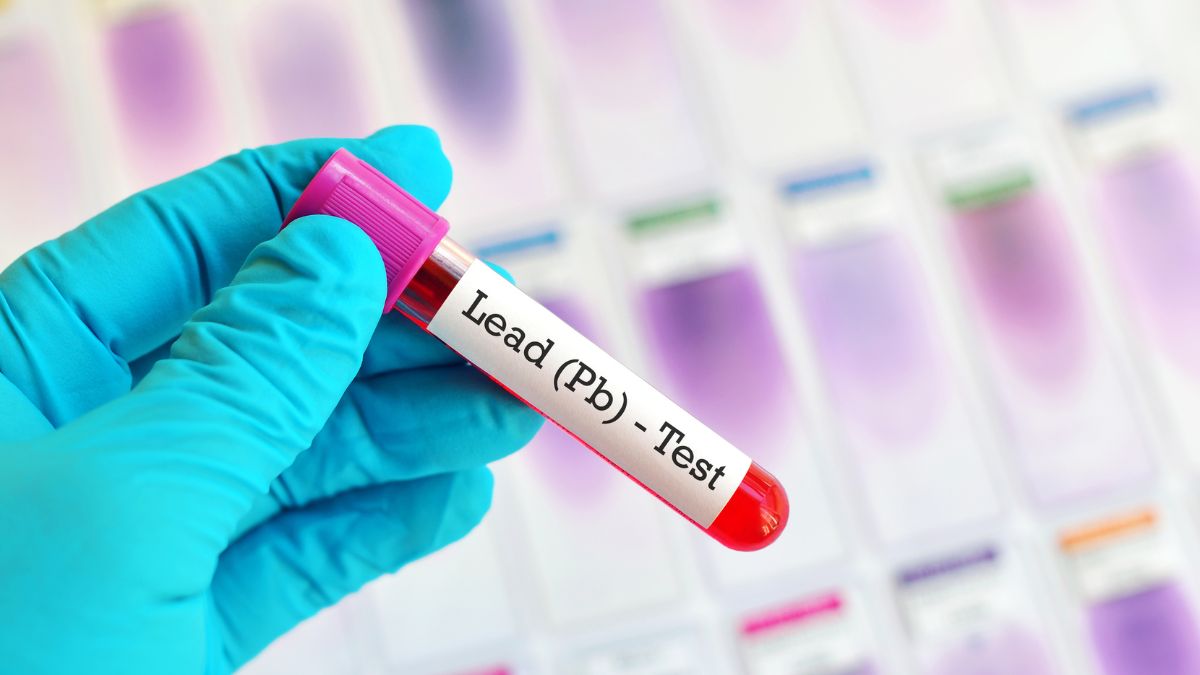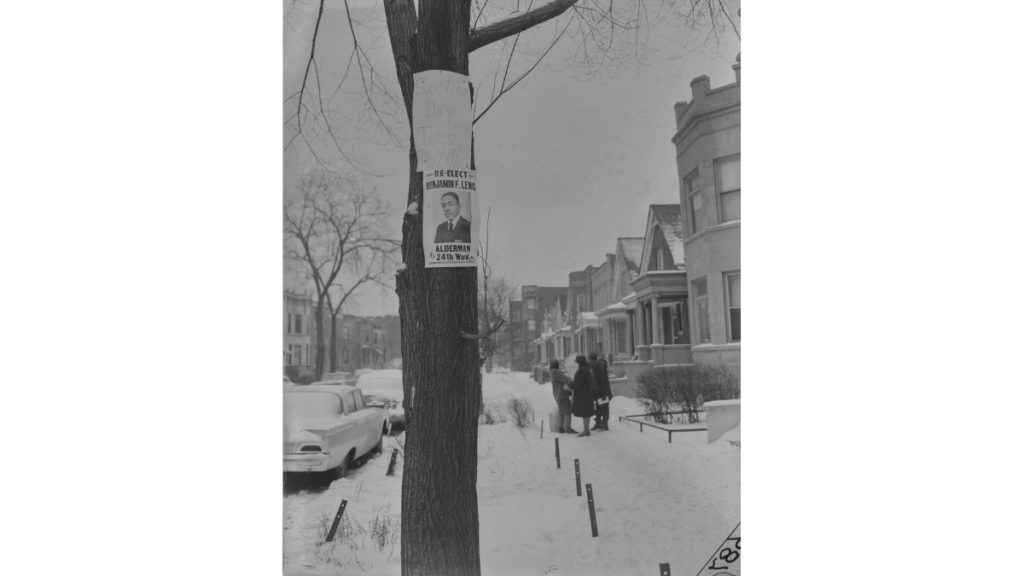IDPH Urges Lead Poisoning Awareness

![]()
IDPH Urges Lead Poisoning Awareness (Springfield, IL) — Gov. JB Pritzker has proclaimed October 22-28 as Childhood Lead Poisoning Prevention Week in Illinois to highlight the need to reduce lead exposure in children. The governor and Dr. Sameer Vohra, director of the Illinois Department of Public Health, have joined with health care professionals and agencies across the state on lead prevention efforts.
Dr. Vohra pointed out Illinois’ childhood lead exposure rates are among the highest in the nation. The primary source of lead poisonings is contaminated dust created by disturbed and/or deteriorated lead-based paint in the state’s 2 million homes built before 1978, the year that lead-based paint was banned. Dr. Vohra also warned that lead in soil, water and other products containing lead also may result in an exposure that could have life-long consequences.
Lead exposure can cause damage to the brain and nervous system, slowed growth and development, learning and behavioral problems, and even coma and death at severely high levels. Anyone can be exposed to lead, but children are at greatest risk. Lead can also be passed from a pregnant person to their unborn child.
Children 6 years of age and younger are required to be evaluated for lead exposure risks by their physician and receive a blood test, if necessary. Children are recommended to be evaluated or tested at 12 months and 24 months of age, and at 3, 4, 5, and 6 years of age. IDPH also urges pregnant persons to be evaluated for lead exposure and tested if deemed necessary.
IDPH and the Centers for Disease Control and Prevention (CDC) have determined that one of the most effective ways to ensure children are protected from the harmful effects of lead is by reducing their exposure to lead contaminated dust in homes where lead-based paint was used prior to being banned. Simple measures such as regularly wet mopping hard surfaced floors and frequently washing children’s hands and their toys as they play should be utilized.
In addition, testing for the presence of lead in the blood can reveal exposures that would require health interventions. Illinois standards call for public health intervention at five μg/dL (micrograms per deciliter) or higher blood lead levels in children 1 to 5 years of age.
In 2022, Illinois identified more than 3,070 children with confirmed blood lead levels that exceeded public health intervention criteria. While testing rates declined during the COVID-19 pandemic, the state is striving to raise awareness of the need for evaluation and testing to families and physicians. Testing declined from 22% (2021) to 18% (2022) and IDPH is hopeful a continued push for education and awareness will reverse this trend.
In addition to combating the decrease in testing, the state is bringing awareness to underserved communities, as lead exposure has historically disproportionately impacted Black communities. In 2022, 2.6% of Black/African American children tested at public health intervention levels of 5 μg/dL or greater, compared to 1.6% for Whites and 1.5% for Hispanics.
In order to raise awareness of the issue of lead exposure in children, IDPH ran an ad campaign in the summer and early fall on Facebook, Instagram, and TikTok. These ads targeted families living in high-risk areas and viewers were linked to additional educational information. The effort targeted families with children and pregnant persons in areas of the state identified with the highest childhood lead exposure rates.
IDPH also reminds parents that school health forms are required for enrollment by October 15 of each school year and a lead section is a required part of the form. Evaluation for lead exposure and testing, if indicated, is required for entry into day care, preschool, and kindergarten.
In an effort to address the risk of lead poisoning in older homes, IDPH has instituted the Comprehensive Lead Education, Reduction, and Window Replacement (CLEAR-Win) program to reduce the financial burden of lead abatement for low-income residential property owners.
Qualified property owners can apply for grants from local agencies from now through June 30, 2025, for window replacement and, where necessary, other lead hazard control techniques to reduce lead paint and leaded plumbing hazards. Approximately 58% of houses in the state were built before 1978 and, among those, about 40% contain a lead hazard.
The CLEAR-Win grantee agencies include Christian County Health Department, Ford County Public Health Department, Lee County Health Department, Montgomery County Health Department, and Winnebago County Health Department. For more information, visit: https://dph.illinois.gov/topics-services/environmental-health-protection/lead-poisoning-prevention/clear-win.html
As the state seeks to help communities remediate lead hazards in homes and other buildings where children are frequently present, Dr. Vohra said it is important to remind everyone who have children living in high-risk lead ZIP codes, homes built before 1978, or with answers of “yes” or “don’t know” on the Children’s Lead Risk Assessment Questionnaire to receive a blood lead test and to find and eliminate the sources of lead exposure. A copy of the questionnaire and list of high-risk ZIP codes can be found here: childhoodleadriskquestionaire.pdf (illinois.gov).
IDPH Urges Lead Poisoning Awareness








Responses